TABLE OF CONTENTS
Here are some tips for growing cold-weather cannabis. Growing high-quality cannabis is usually a warm-weather activity.
Outdoors, cannabis plants grown from seed germinate in the spring, and the seedlings grow steadily throughout the spring and summer months until they flower in late summer and fall. Mild temperatures keep the plants thriving and growing steadily.
Outdoor crops grown from clones differ in minor ways. Since clones are usually placed in a grow environment when they are at least several inches tall, their temperature needs are only slightly less specific than those of a recently sprouted seedling.
This demands meticulous care and watering until it hits its stride with regard to vegetative growth. Both seedlings and young clones benefit from temperatures on the warmer side of the thermal gradient and also benefit from higher humidity at this age than at any other time during their life cycle.
To properly understand the possibilities and considerations for growing cold-weather cannabis, it’s important to know what ideal cannabis cultivation temperatures are, and why deviating from them to grow a colder winter crop is a challenge, although possible.
Ideal Growing Temperatures
One of the most important factors when growing cannabis is temperature. Temperature is critical to a plant's photosynthesis and transpiration processes, which help with physical growth, nutrient absorption, and resin production.
Generally, a cannabis plant prefers temperatures between 77º and 86º F during the day. During the night, they can handle temperatures between 63º and 65º F.
Temperatures outside of these ideal temperature ranges can make your plants susceptible to a variety of development issues.
Vegetative Stage
The ideal temperatures for robust growth and healthy young plants fall between the 70- to 85-degree (Fahrenheit) range.
Seedlings and young plants in the vegetative phase of growth do not respond well to wide temperature fluctuations and appreciate consistent warmth—much like sativa plants in the equatorial regions of the world enjoy consistently warm environments.
In temperate regions of the United States and other parts of the world, cannabis thrives and grows at its most rapid rate during the toasty days of summer, when temperatures remain high.
Flowering Stage
During the flowering stage of growth—which occurs outdoors when days grow shorter in late summer and fall—the optimum temperature level reduces slightly to about 65-80 degrees to coincide with shorter days and the sun sitting lower in the sky.
Temperature fluctuations that do not exceed more than 10 degrees between daytime and nighttime are ideal. Although warmth this steady is difficult to maintain even in the most cannabis-friendly climates, it makes a good benchmark for what cannabis needs for perfect plant development and growth.
Late Flowering/Pre-Harvest Stage
In the late flowering and pre-harvest phase of plant growth, which outdoors occurs in the fall, temperatures in the 60- to 75-degree range are ideal.
Those who grow cannabis outdoors are limited in their ability to control their regions’ climates; their best course of action is to grow their crop in a steadily warm area—which is the reason areas like California are the most advantageous for outdoor cannabis cultivation.
What Happens to Cannabis in Extreme Temperatures?
When temperatures fall below 60 degrees or above 90 degrees, plants do not respond favorably. Lows and highs outside of the ideal range interrupt plant growth and development.
At temperatures that are too low, optimum photosynthesis no longer occurs. Plant growth slows, and overall vigor decreases. In extreme cases of extremely low temperatures that approach freezing, cannabis plants will perish. In extremely cold weather, the plant’s roots are the first to suffer.
As temperatures drop, your plant’s metabolism will slow down making it harder for the roots to absorb oxygen, nutrients, and water from the soil. In the end, plants that do not get enough food and water can become stunted or begin to wilt.
In some cases, cold weather may trigger hermaphroditism. Hermaphrodite marijuana plants are plants that have developed female buds and male pollen sacs. If you don’t monitor for these hermaphroditic traits, you may risk self-pollinating your plants, which can significantly lower your yields.
A similar situation occurs in environments with extreme heat. Plant growth slows, and vigor decreases. Overly hot temperatures result in curled or cupped leaves. The plants will begin to turn yellow and lose the vibrant green seen in healthy cannabis plants.
In growing environments that are either too hot or cold, cannabis is also more susceptible to pests and disease—particularly if the grow area has excessively high humidity. Mold, white powdery mildew, spider mites, and root rot are more of a threat when plants are vulnerable due to improper temperatures.
Mold, in particular, can develop if there is excess moisture in the air. Excess rain, snow, and frosts can land on the plant’s foliage creating a perfect breeding environment for mold.
If you do not monitor your plants for mold, they can begin to rot before you are ready to harvest. Invest in a hygrometer to test the relative humidity of your soil and growing environment.
If the plants are flowering, trichome production reduces, and overall potency will not reach optimum levels. In cold temperatures, many cannabis plants will develop visually pleasing purple coloration due to their increased anthocyanin concentrations.
This is a different situation from strains that assume a purple hue due to their genetics. Purple due to overly cold temperatures is a sign that the plant would benefit from additional warmth.
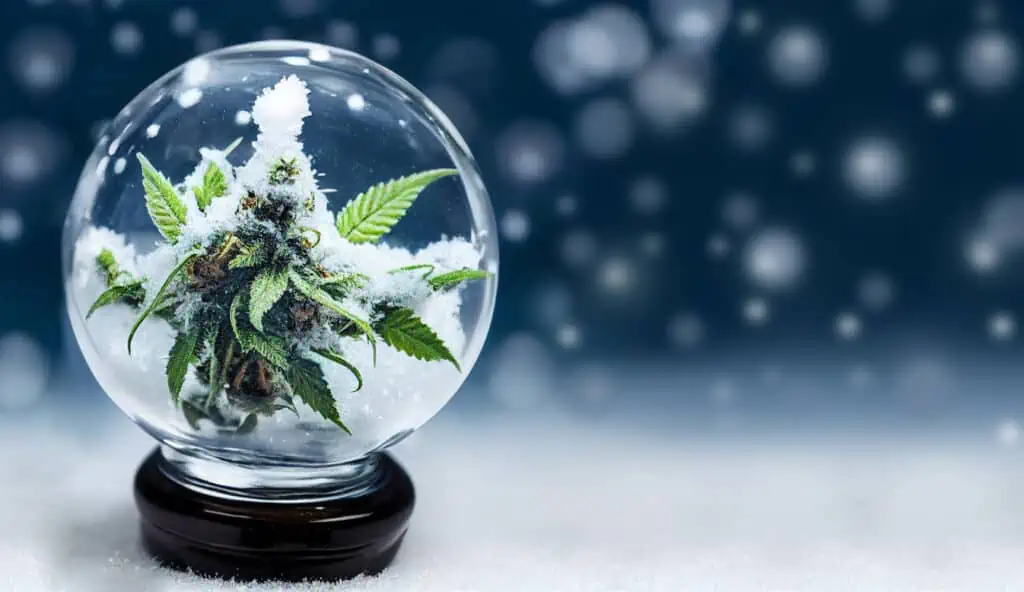
Tricks to Extend Growing Seasons
Move Indoors
Outdoors, a cold-weather cannabis winter grow will never truly thrive as it will during the normal growing season, which is why growers move their operations indoors for optimum year-long, uninterrupted production. Growing outdoors, however, can be done productively with some careful planning.
By head-starting young plants to a decent height (2+ feet) indoors and placing them outside to flower in fall, they will immediately begin to produce buds.
Careful monitoring of outdoor temperatures during their time outdoors may prove necessary. Moving plants indoors overnight if temperatures dip too low would be wise for the best results.
If you plan on moving your plants indoors during extra cold seasons, make sure to create an optimal growing environment based on their stage of growth or you’ll risk ruining your crop. For instance, if you start to give your flowering plant excessive light indoors, your plant can stop flowering.
Allowing plants to reach maturity outdoors before harvest will allow a grower to take advantage of natural sunlight during fall and early winter—if weather permits.
The plants will not reach their full potential, and the harvest will be smaller, but transferring plants head-started indoors to outdoors before harvesting will make an extension of the outdoor growing season possible.
Force-Flowering
If you absolutely can't move your plants indoors, you can attempt force-flowering techniques to speed up the flowering stage.
Force-flowering can help you avoid early winter frosts and rain. Force-flowering can be done by covering your plants with a material such as a tarp that prevents light from passing through. The material can be used to shorten the daylight hours and replicate the flowering light cycle.
Wind Protection
If your growing region is known for excessive wind, you need to take active steps to protect your outdoor marijuana plants from the harsh wind and chill. Here are a few tips to protect your plants from windburn.
- Plant cannabis plants in wind-protected areas where there is a wind barrier such as along a fence or house.
- Build a tall fence around your cannabis crop to create a wind barrier.
- Secure your plants with extra support using materials such as wood stakes and heavy-duty twine. Excessive winds won’t do as much damage to plants that are firmly supported in the ground.
- Train your plants to grow short and busy instead of slender and tall. Taller plants can be more vulnerable to damage from the wind. Use cultivation techniques such as trimming to train your plants to grow outward.
- Plant protective plants around your marijuana crop. Certain plants such as corn are an excellent windbreak. Essentially, choose plants that grow tall enough to protect your plants without having an invasive root system.
Strain Selection
Indica-Dominant and Landrace Strains
Some cannabis strains are more tolerant to cold weather than others. Pure or heavily dominant indica strains come from plants that naturally grow in a cooler environment in their countries of origin, so they make the best choices for late-season outdoor growing.
Heavy-hitting indicas like Northern Lights, Granddaddy Purple, Afghani, White Widow, Afgooey, and Maple Leaf strains would make good choices for grows that extend beyond what is natural for them in North America and other regions of the world.
Not only do indica and indica-dominant strains like those mentioned above come from genetics that are naturally adapted to cooler climes, but they also have much quicker finishing times than lanky, heat-loving sativa strains.
As winter days grow colder and winter solstice approaches, a quick harvest is imperative. Even with some special measures taken to enjoy an unnaturally late harvest, outdoor conditions will eventually deteriorate—even in the warmest of American climates—so that a harvest proves necessary.
The quick harvest time of indica makes a late outdoor harvest possible, but the long wait required for many top sativa strains would be impractical at this time of year.
Autoflowering Strains
In addition, autoflowering strains are an excellent choice for growers looking to grow in cold-weather climates. These types of strains flower automatically after a certain amount of time has passed. Compare this to photoperiod strains that begin to flower based on a change in the light cycle.
Cannabis ruderalis is a variety of cannabis that evolved to grow in cold-weather environments of Russia, Eastern Europe, and Central Asia.
In these harsh environments, cannabis plants only have a short growing season to fully mature before the temperatures fall. To adapt, the ruderalis variety developed a gene that would allow it to flower before the extremely cold weather started.
Autoflowering strains can go from a planted seed to flowering plants with buds in as little as 8 weeks. That is a considerable difference from photoperiod strains that can take several months to grow. Autoflowering strains allow you to grow a full plant and harvest by late autumn.
Winter Greenhouse and Indoor Growing
Rather than relying on extreme measures to continue growing outdoors, the vast majority of outdoor growers move indoors to benefit from a spring harvest indoors, while the winter chill sets in outside.
Greenhouses equipped with supplemental heat and lights will extend the photoperiod and provide comfortable temperatures to the winter cannabis garden. Once the sun sets, lights will trick the plants into thinking they are growing during spring or summer, and they will continue growing in their vegetative phase until the grower chooses to reduce the photoperiod for flowering.
For indoor grows, there are a wide variety of high-intensity discharge (HID) lights that work well. High-pressure sodium (HPS) lights are the most traditional indoor lights, but metal halide (MH) lights do a good job as well, although they are not as popular as they once were.
Low-intensity diode (LED) lights are quickly gaining in popularity and favor because they are more energy-efficient and do a fine job of growing cannabis. In addition, they don’t produce as much excess heat as HID lights. They do cost a bit more than HID lights, but their monthly operating costs are lower, which lowers their overall carbon footprint.
If the indoor grow is within a heated house, HID lights emit considerable heat that will keep plants happy and toasty during the winter. If the winter grow occupies an outside building without supplemental heat, HID may keep the grow area warm enough, depending on outdoor temperatures. LED lights, however, do not produce very much heat, so supplemental heat will most likely prove necessary for optimum plant growth.
Regardless of what steps you take and your cultivation methods, there’s no reason growing cold-weather cannabis can't be done. Your cannabis production needs don’t need to stop once the winter chill sets in. With a little foresight and planning, you can enjoy continuous cannabis production all year long!
Learn How to Grow Cannabis During Every Season
Maintaining a perpetual harvest is easier than ever. If you want to learn the latest cultivation techniques used by industry professionals, enroll in Cannabis Training University’s cannabis courses online.
Our comprehensive curriculum gives you tips and tricks to help you closely monitor your cannabis plants year-round. From managing garden temperatures to timing your plant’s stages of growth, we will teach you how to have a successful harvest every time.
Enroll in Cannabis Training University today to learn more about cultivating high-quality cannabis any time of year!
Growing Cannabis In Cold Weather FAQ's
Can Cannabis Survive in Cold Weather?
Cannabis is able to endure lower temperatures, although it is susceptible to temperatures that are extremely cold. Temperatures between 15 and 27 degrees Celsius (60 and 80 degrees Fahrenheit) suit the majority of cannabis cultivars. The plant may get stressed or possibly die if it is subjected to temperatures below 50 degrees Fahrenheit (10 degrees Celsius) for an extended period of time.
What Happens to Cannabis Plants in Cold Weather?
The growth of cannabis plants can be slowed down by cold weather, which can also diminish yields and influence the quality of buds. There is also the possibility that it will reduce the natural resistance of plants, making them more prone to mold and pests.
“
There are over 300,000 jobs in the cannabis industry. CTU trained me for one of them!

Makes $24.50 @ THC +
How Can I Protect My Cannabis Plants from Cold?
Whenever you are growing plants outside, you should think about utilizing cold frames or greenhouses to protect them. Ensure that the temperature inside is kept at an adequate level by using heating systems. Also helpful is the utilization of grow lamps that produce heat.
Are There Cold-Resistant Cannabis Strains?
Sure, there are strains that are more resistant to cold, and these strains are typically those that originate from colder locations. Certain indica strains and hybrids are included in this category. Conduct research and select strains that are well-known for their resistance to cold.
How Does Cold Weather Affect Flowering and Harvest Times?
As a result of the slower growth rate, cold conditions might cause the flowering phase to last longer. Additionally, this indicates that harvest periods may be postponed. It is of the utmost importance to make certain that plants are not subjected to frost, which can be harmful.
Can Frost Affect Cannabis Plants?
There is a significant risk of frost damage to cannabis plants. It has the potential to cause the plant's cell structure to be destroyed, which can result in the plant wilting and ultimately dying.
How Do I Know If My Cannabis Plants Are Too Cold?
Signs include a purpling stem, drooping foliage, leaves that have lost their color, and growth that is either slow or stunted. Keeping an eye on the temperature with a thermometer is something that should be done.
What Is the Best Way to Grow Cannabis in Cold Climates?
Indoor cultivation is typically the most effective way in cold climates because it enables you to exercise full control over the environment in which the plant is grown. When growing plants outside, select strains that are resistant to cold and make use of greenhouses.
How Can I Maintain Humidity Levels in Cold Weather?
It is possible to maintain the right humidity levels by using humidifiers. It is crucial to monitor and modify the humidity in your grow room because cold air has a decrease in its ability to store moisture.
Is Indoor Growing Better for Cold Climates?
Sure, in most cases. The ability to adjust the environment, including temperature and humidity, makes indoor growing more ideal for colder locations. Indoor growing allows for greater control over the plants.

Luis Cordova
Luis Cordova is a distinguished author, and renowned expert in cannabis cultivation, who possesses a Master's degree in Plant Biotechnology and Pharmaceutical Science. As a valued contributor to highly esteemed publications such as Cannabis Training University and Maximum Yield Magazine, Luis has emerged as a trusted source of guidance and knowledge in the cannabis industry. Having written thousands of informative articles, Luis is widely recognized for his comprehensive expertise on cultivating cannabis, both indoors and outdoors.


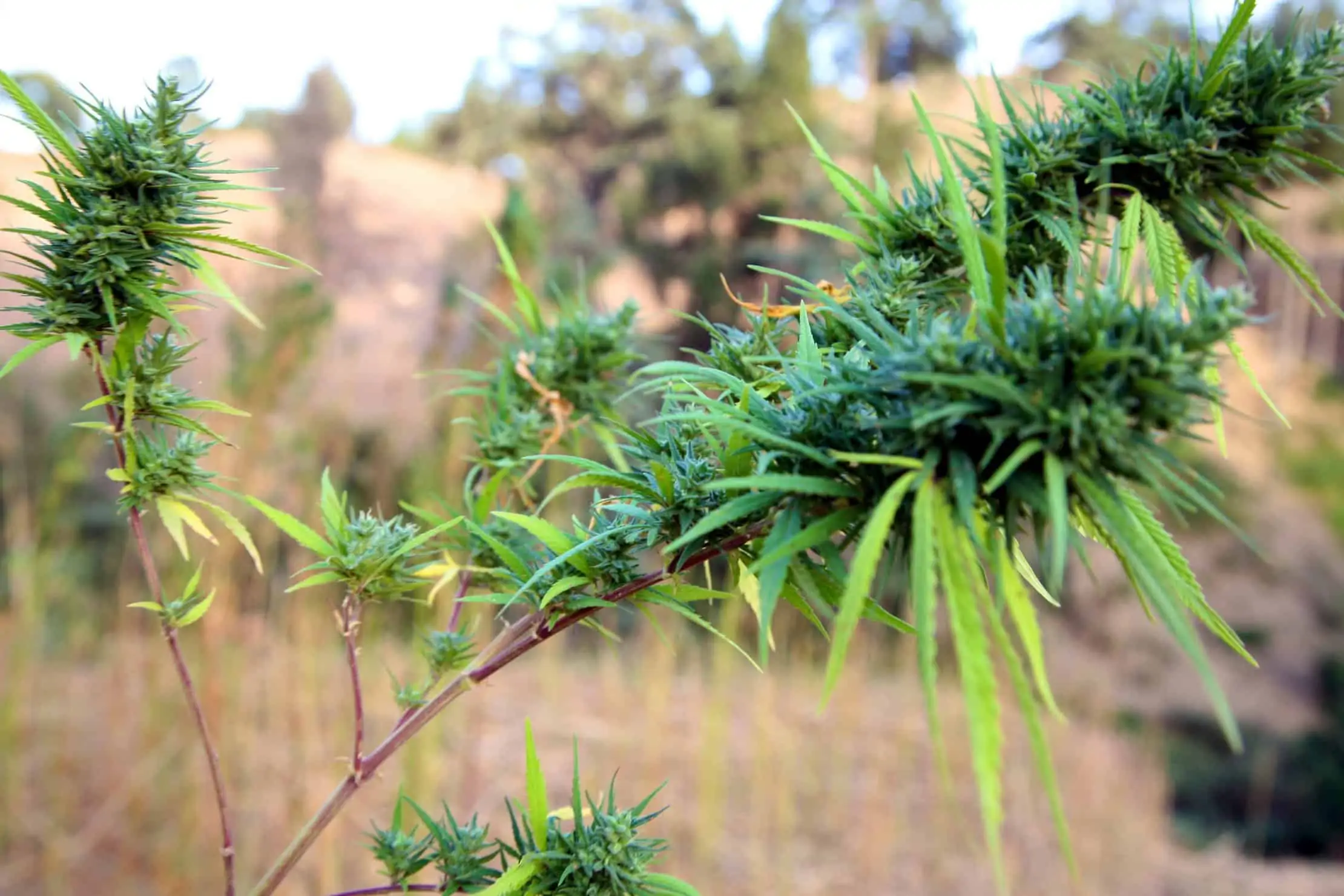
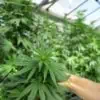



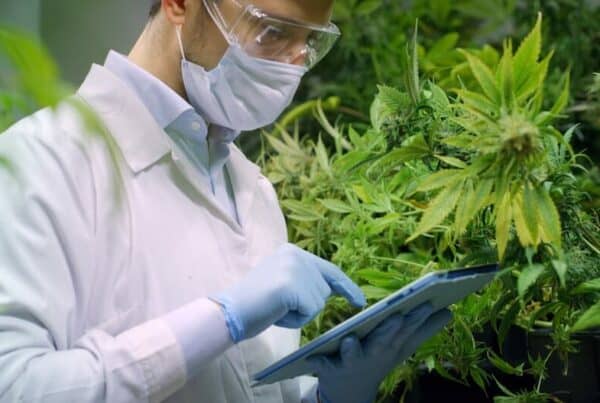
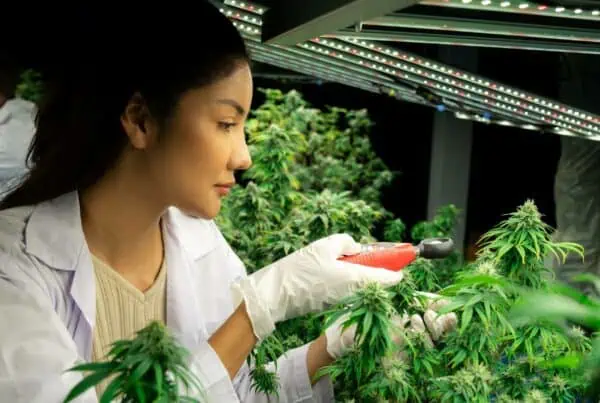
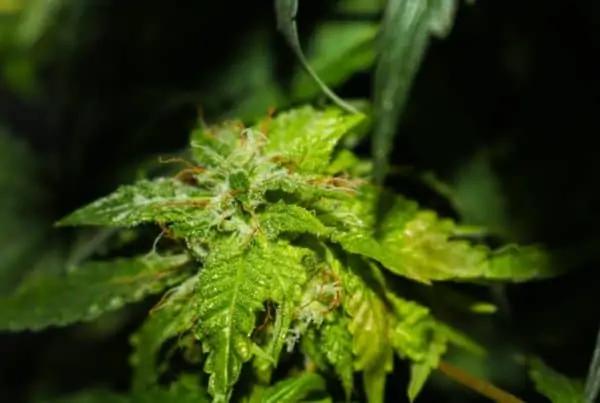
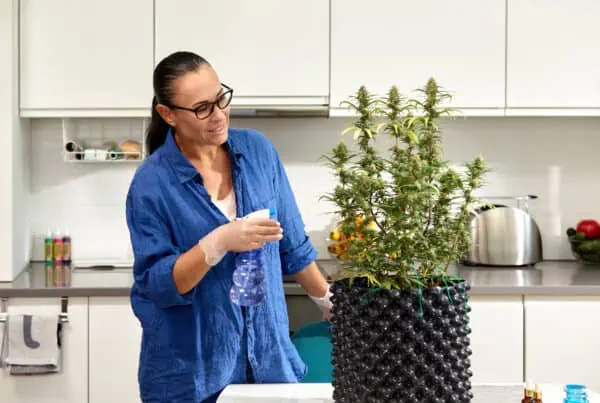

 Jeff was involved in an accident where he endured a traumatic brain injury. He had a week-long stay in ICU where brain surgeons
Jeff was involved in an accident where he endured a traumatic brain injury. He had a week-long stay in ICU where brain surgeons  100% risk free money back guarantee within 48 hours after purchase if student has not completed any of the courses or exams.
100% risk free money back guarantee within 48 hours after purchase if student has not completed any of the courses or exams.